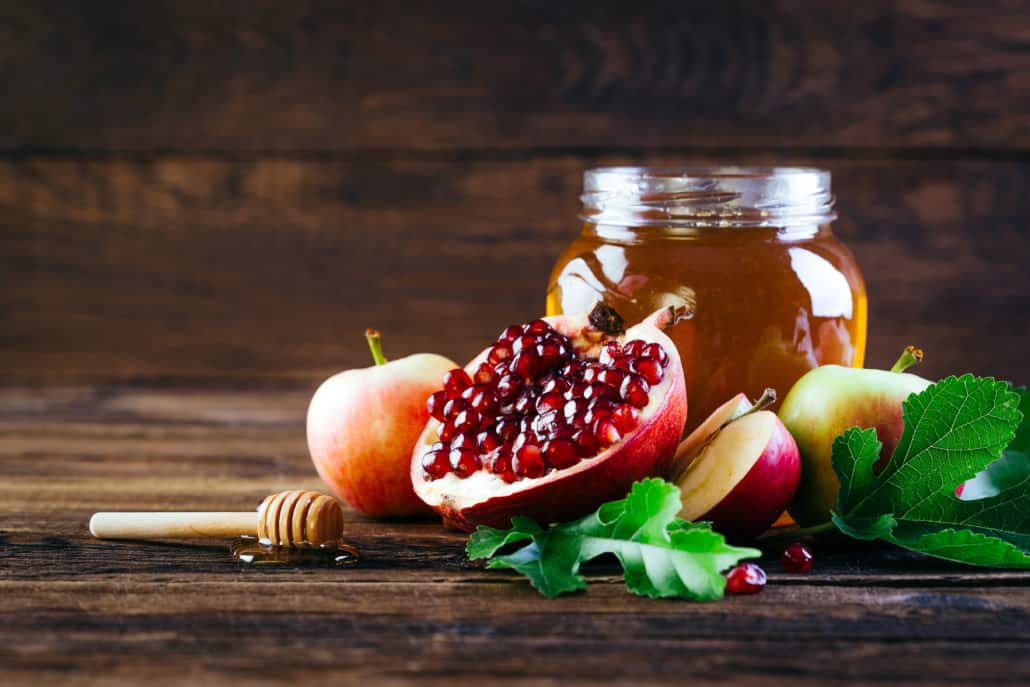Jewish holidays – I’m embarrassed to ask
Here is a heads up, the Jewish High Holidays are here. Every year one of my friends will call or lean in close and say, “I’m embarrassed to ask…” This is followed by the request for forgiveness for not knowing and to please fill them in on what are these holidays are all about?
As a branding expert it makes me wonder if the Jewish holidays need a better strategy to communicate their significance. So in an effort to keep it simple (really simple) and shed some light, here is the scoop on what you need to know.
Rosh Hashanah comes first. It is the Jewish New Year (starts at sundown on 9/25 and goes through sundown on 9/27).
Why do Jews celebrate the New Year this time of year? Some say it’s because it was the beginning of economic year in ancient times. Some say it marks the beginning of humanity with the creation of Adam and Eve. Some say the Torah instructs us to.
Regardless, just think New Year. And it is completely appropriate to wish a Jew Happy New Year. (No singing of Auld Lang Syne necessary.)
As you walk the greeting card isle expect to see a card with a huge ram’s horn (known as the Shofar) or apples and honey. Why? Because we blow the ram’s horn to acknowledge the gathering for the holiday and to usher in the following 10 day time period (to be explained below). The apples and honey represent our custom of dipping apples in honey and wishes for a sweet new year.
Ten days later is the holiday Yom Kippur (starts at sundown on 10/4 through sundown on 10/5). At the end of the New Year celebration we start a 10 day period of reflection. Some call it the days of repentance, or the time of atonement. During this time, Jews reflect on the past year and think about where we might have missed the mark and what do we need to do going forward to change.
Like all Jewish holidays, Yom Kippur starts at sundown. Prior to sundown we have a large meal to prepare us for the fast. We fast from sundown to sundown. It is a way to help Jews focus on the introspection and prayer that goes on during Yom Kippur. Typically Jews spend the day at Temple in prayer. At sundown on the following day, the ram’s horn is blown again marking the end of the holiday. And of course we all head home for “Break Fast.” Every family has their traditional Break Fast foods and process for easing back into culinary consumption.
So now when you see Rosh Hashanah, Yom Kippur or just the Jewish holidays on your calendar you will be in the know; no more embarrassing questions. You can confidently shout out “Happy New Year” or “Have an easy fast” to your Jewish friends and family.


